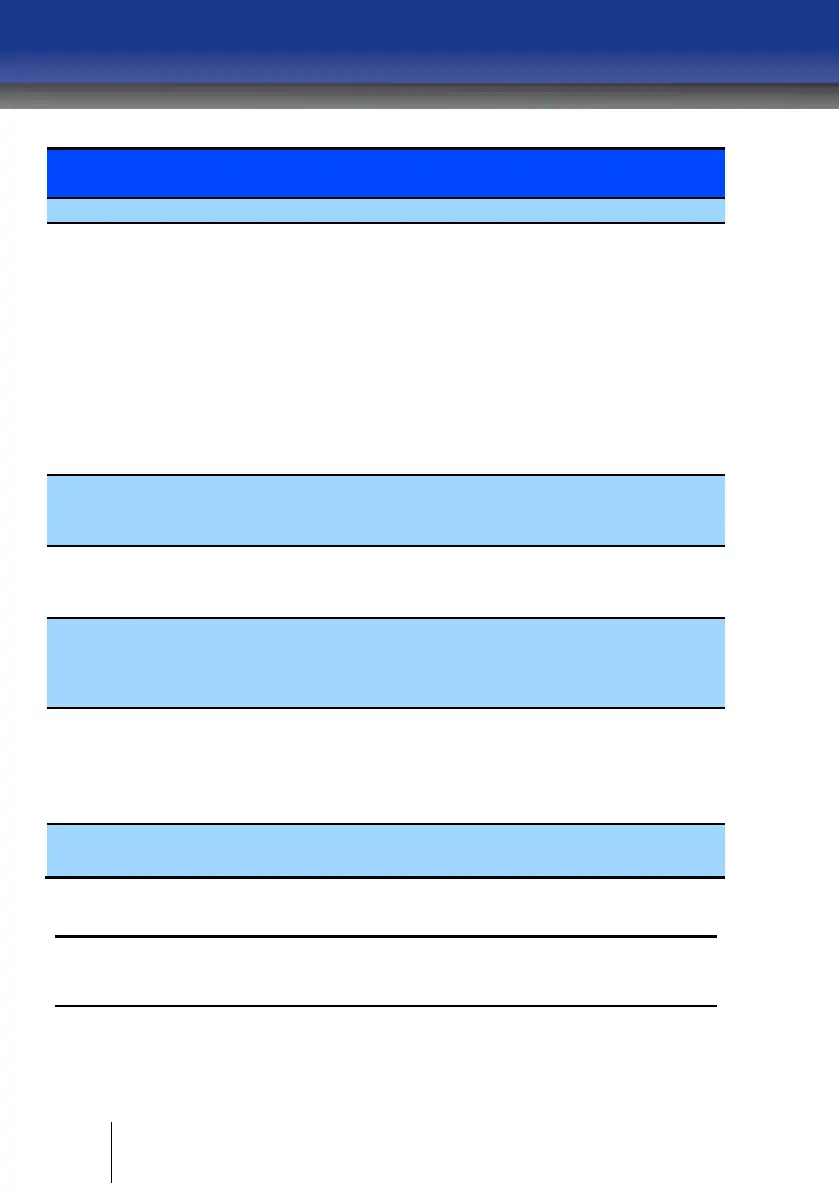MSB=$00 to
$18, LSB=$00 to
$3C
RTC Hours and Minutes
Holds the hours and minutes to which the
RTC should be set. The most significant
byte (MSB) represents the hour from $00
to $18 (00-24). The least significant byte
(LSB) represents the minutes from $00 to
$3C (00 to 60). Note that the seconds
default to zero ($00) each time the hours
and minutes are set.
Examples:
13:05 = $0D05
24:00 = $1800
Low Alarm Display Setting
Holds the value of the gas reading at
which the low alarm display will activate.
High Alarm Display Setting
Holds the value of the gas reading at
which the high alarm display will activate.
Cal Gas Value
Holds the value of the calibration gas to
be used on the instrument. The range is
from $0000 to $03E8 (0 to 1000
10
).
Loop High Scaling
Holds a value which indicates the gas
reading represented by a 20 mA loop
output signal. The range is from $0000 to
$FFFF.
WX Scaled Reading
Use with WX series controller.
Table 6-2 ModBus Registers
NOTE: To get the ModBus reading, register 40103 must be read as well as
register 40102. Register 40103 specifies where the decimal should be
placed.
